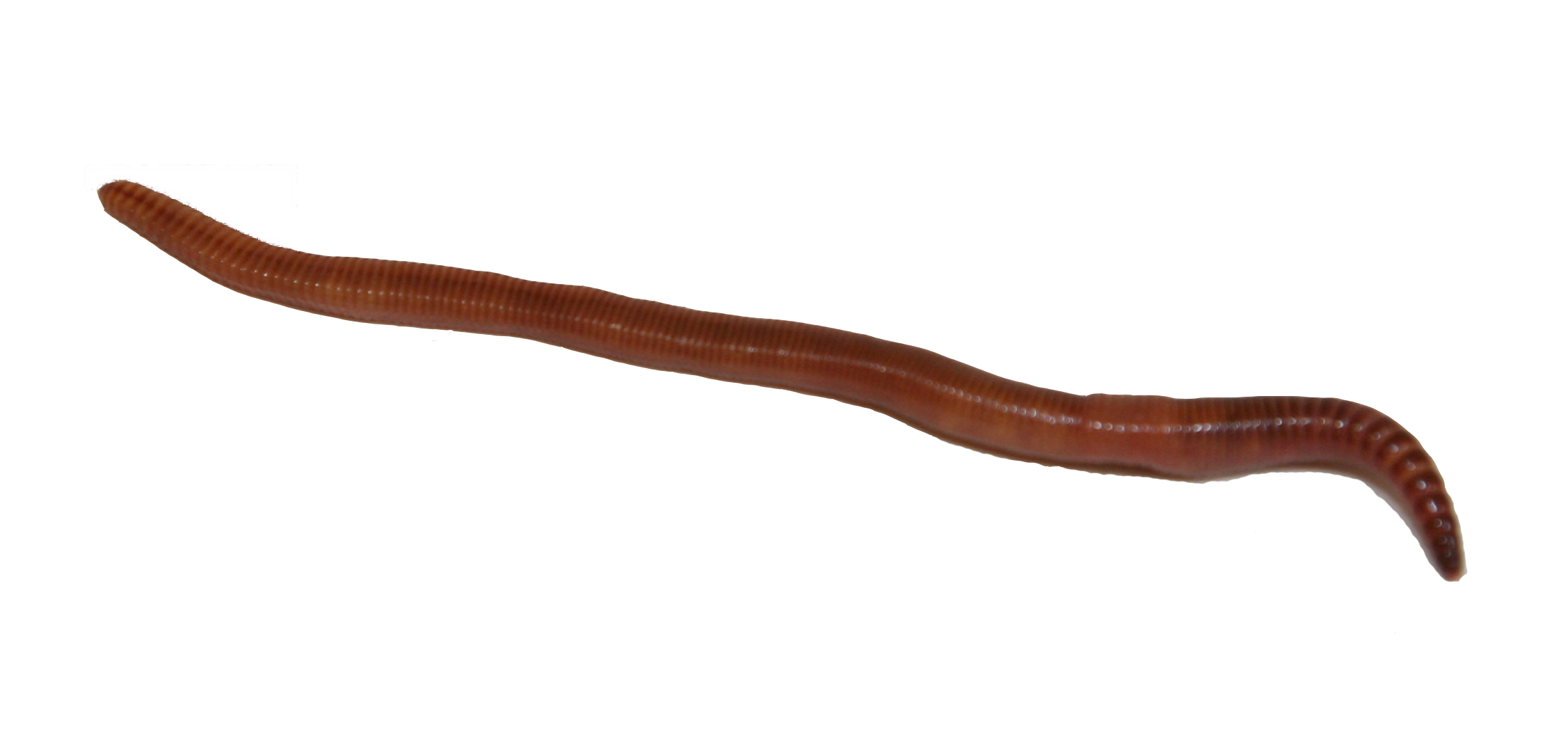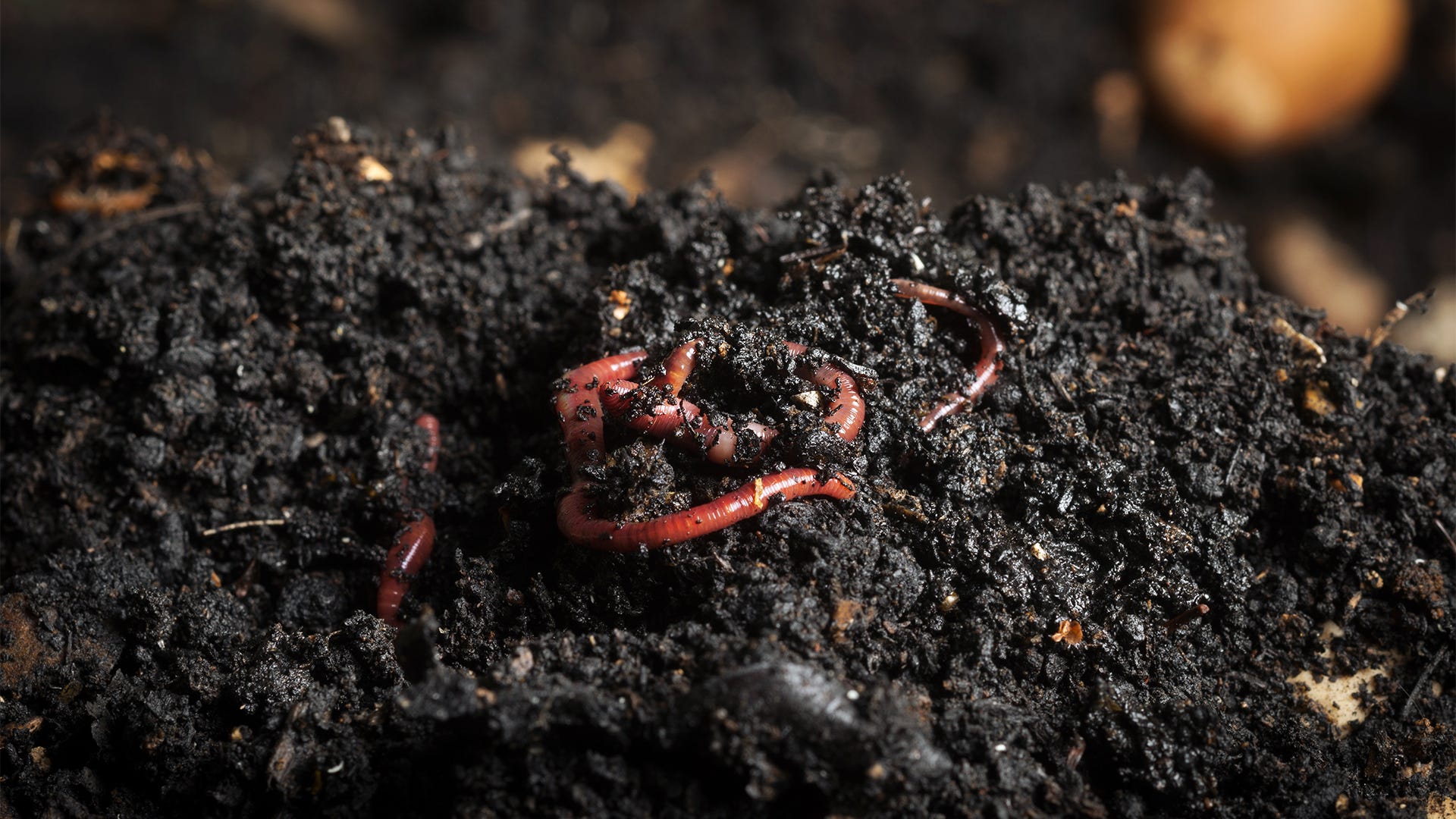The Duty of Red Wigglers in Sustainable Gardening
The combination of red wigglers right into lasting horticulture techniques offers a compelling method to improving dirt wellness and lowering natural waste. These microorganisms not just transform kitchen scraps into nutrient-dense compost through vermicomposting but also aerate the dirt, promoting optimal conditions for plant growth. As they break down facility natural products, they proactively cultivate a growing microbial ecological community important for sustainable agriculture. However, the implications of utilizing red wigglers prolong beyond mere composting; their role in shaping an extra lasting future warrants a much deeper exploration of their benefits and practical applications.
Recognizing Red Wigglers
Red wigglers, clinically called Eisenia fetida, are a varieties of earthworm renowned for their function in sustainable horticulture and composting practices - red wigglers. These worms prosper in breaking down natural matter, making them specifically efficient in transforming kitchen area scraps and backyard waste into nutrient-rich garden compost. Unlike conventional earthworms, red wigglers have a greater tolerance for differing dampness degrees and can flourish in settings with plentiful organic material
The habitat preferences of red wigglers consist of damp, dark environments abundant in organic content, such as garden compost bins or worm farms. Their eco-friendly function extends past composting; they are important in aerating the dirt and assisting in nutrient biking, which eventually contributes to much healthier garden ecosystems. red wigglers. Recognizing the biology and habits of red wigglers is essential for those seeking to implement reliable vermicomposting in lasting gardening
Benefits of Vermicomposting
Vermicomposting offers many benefits that enhance sustainable gardening techniques and contribute to ecological health and wellness. One of the key benefits is the makeover of organic waste right into nutrient-rich compost, which enhances dirt structure and fertility. The castings generated by red wigglers are packed with valuable bacteria and crucial nutrients, making them an outstanding all-natural plant food.
Additionally, vermicomposting dramatically reduces garbage dump waste. By drawing away kitchen scraps and yard waste from garbage dumps, this technique not only reduces methane discharges-- a powerful greenhouse gas-- yet also promotes a circular economic situation, where waste is repurposed as a resource.
Another advantage is the enhancement of dirt oygenation and water drainage (red wigglers). The burrowing task of red wigglers creates channels in the soil, allowing air and water to permeate more quickly, hence cultivating a much healthier origin system for plants
Moreover, vermicomposting can be done on a small scale, making it available for urban gardeners and those with limited area. This technique motivates environmental stewardship and recommended you read understanding, as individuals become much more engaged with their waste management practices. Ultimately, vermicomposting represents a sustainable, reliable, and environmentally friendly method to gardening that profits both plants and the earth.
Just How to Begin Vermicomposting
Starting your own vermicomposting system can be a rewarding endeavor that boosts your lasting gardening practices. To start, pick a proper container, such as a plastic bin or wooden box, with excellent drain and ventilation. The size will certainly depend upon the volume of cooking area scraps you create; a bin of 10-14 gallons generally suffices for a house.
Following, prepare the bedding material. Shredded paper, cardboard, and coconut coir are exceptional options, giving a comfortable habitat for the red wigglers. Go for a bed linen depth of regarding 4-6 inches, which ought to be wet however not soggy.
As soon as the bedding is developed, introduce your worms. Red wigglers (Eisenia fetida) are one of the most appropriate for composting. Begin with roughly one extra pound of worms for every 2-3 extra pounds of kitchen scraps weekly.
Begin including kitchen waste, preventing meat, dairy products, and oily foods, as these can attract parasites and create odors. Regularly monitor the container's dampness levels and temperature, ensuring it continues to be within the excellent variety for worm activity. With these initial steps, you'll be well on your way to developing nutrient-rich garden compost for your yard.
Keeping a Healthy And Balanced Worm Container
A flourishing worm container calls for consistent care and focus to keep an optimal atmosphere for the red wigglers. Trick factors to keep track of consist of dampness degrees, temperature, and food supply. Maintaining a wetness degree comparable to a wrung-out sponge is crucial; as well much water can cause anaerobic problems, while insufficient can dry out the worms.
Temperature is also vital, as red wigglers prosper in a variety of 55 to 77 levels Fahrenheit. Severe temperature levels can emphasize the worms, possibly bring about death. Positioning the container in a climate-controlled area or utilizing insulating materials can help manage temperature level variations.

Finally, oygenation is vital. Consistently turning the bed linen and making use of a fork or shovel can avoid compaction and advertise airflow, guaranteeing a healthy and balanced, thriving atmosphere for the red wigglers. By sticking to these techniques, gardeners can preserve an effective worm container that supports sustainable gardening initiatives.
Influence on Soil Health And Wellness
Enhancing dirt wellness through the use of red wigglers is an essential facet of lasting horticulture. These worms, known scientifically as Eisenia fetida, play a vital duty in boosting dirt structure and fertility. By consuming organic matter, red wigglers break down complicated materials into easier substances, a process called vermicomposting. Completion item, worm spreadings, is abundant in crucial nutrients, consisting of nitrogen, phosphorus, and potassium, which are vital for plant growth.


Verdict
In conclusion, red wigglers dramatically add to sustainable gardening through their effective vermicomposting techniques. By advertising waste reduction and fostering a round economic situation, red wigglers emerge as important components in green horticulture efforts, underscoring their essential function in environmental sustainability.
Comments on “Healthy red wigglers: A beginner’s guide composting”